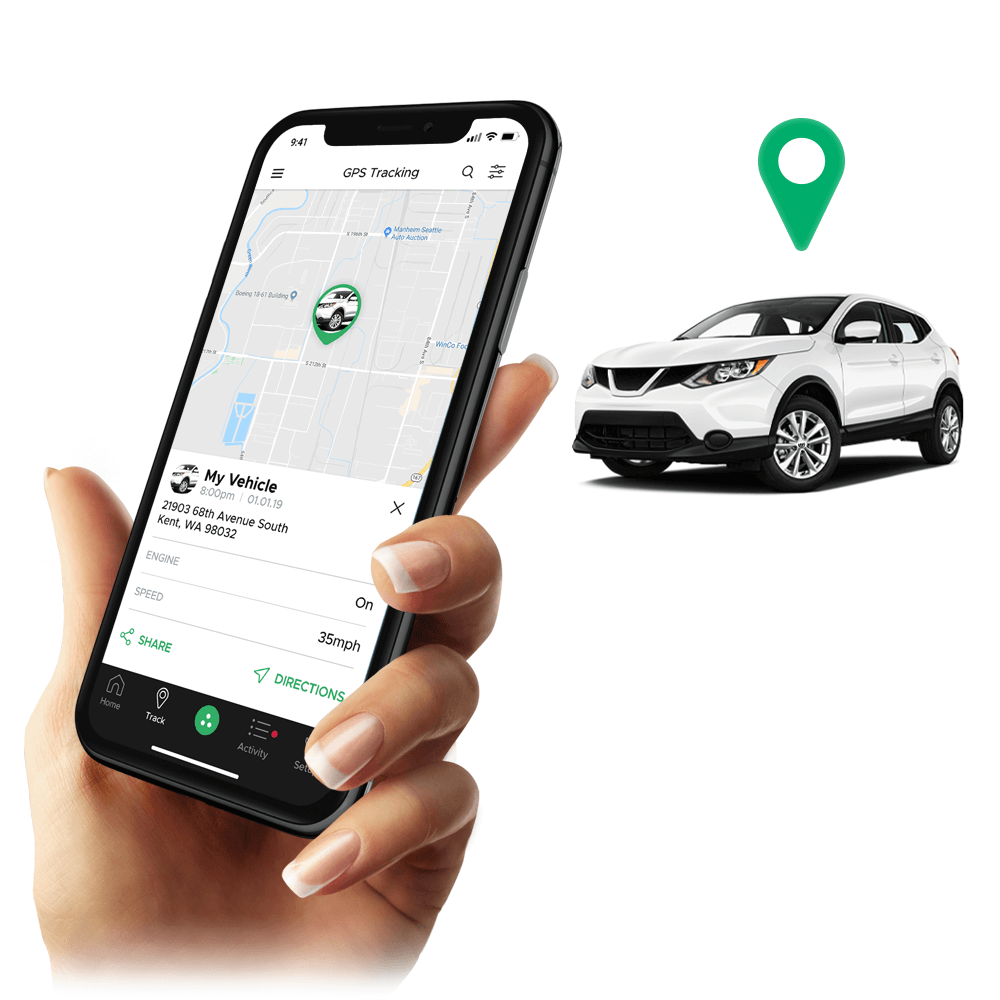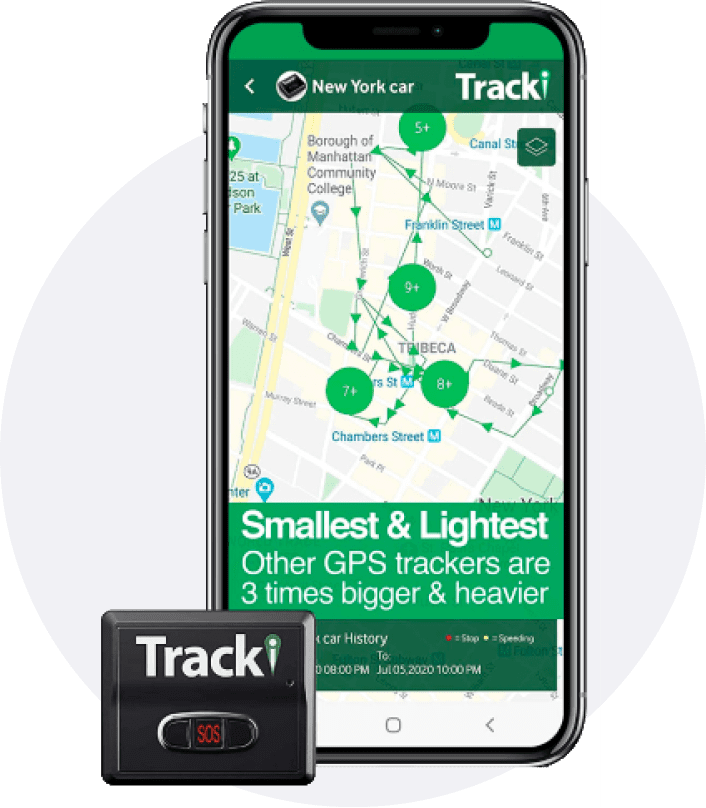Advanced GPS Tracking Systems: Maintaining Your Assets Safeguard
Advanced GPS Tracking Systems: Maintaining Your Assets Safeguard
Blog Article
Maximizing Efficiency With GPS Tracking: Techniques for Fleet Management and Asset Monitoring
In the realm of fleet administration and asset surveillance, the usage of general practitioner tracking systems has actually become a cornerstone for boosting functional efficiency and efficiency. By using the power of real-time information, organizations can improve their logistics, maximize paths, and enhance total fleet performance. The true possible lies not only in the application of these innovations yet also in the calculated usage of the insights they provide. From enhancing motorist security to making notified decisions based on detailed data analytics, the chances are vast. As we check out the various techniques and techniques to make the most of efficiency with GPS tracking, a globe of possibilities opens up to redefine exactly how organizations handle their fleets and check their properties.
Executing Real-Time Monitoring Equipments
To maximize functional performance, firms can carry out real-time radar that provide instant area information for their possessions. By utilizing GPS modern technology, organizations can obtain real-time insights right into the location of their cars, tools, and other useful resources. This level of presence enables business to enhance procedures, improve efficiency, and enhance total efficiency.
Real-time radar offer many advantages for companies throughout numerous sectors. With the ability to monitor possessions constantly, companies can enhance directing, routine upkeep better, and lower the threat of theft or loss. These systems make it possible for services to react without delay to any unexpected events or interruptions, making sure minimal downtime and maximum efficiency.
Executing real-time tracking systems needs careful preparation and factor to consider of specific business needs. Business need to pick the appropriate innovation provider, personalize the system to satisfy their needs, and give appropriate training to staff members. By buying real-time monitoring options, organizations can stay ahead of the competition, provide premium customer service, and accomplish sustainable growth in today's hectic market atmosphere.
Enhancing Path Preparation and Scheduling

One key approach for optimizing path planning is to make use of historical data and real-time info to determine one of the most effective courses for vehicles. By analyzing past paths and considering factors such as traffic patterns and delivery home windows, companies can create timetables that minimize unnecessary stops and hold-ups. Additionally, applying dynamic routing capabilities enables for adjustments to be made in real-time based on transforming conditions, making sure that chauffeurs constantly take the most reliable path to their location.
Enhancing Chauffeur Performance and Safety
Enhancing driver efficiency and safety and security is extremely important in ensuring the smooth and protected operation of a fleet. By utilizing general practitioner monitoring modern technology, fleet supervisors can monitor driver actions in real-time and supply prompt comments to advertise secure driving methods. This consists of surveillance speed limits, harsh braking, velocity patterns, and adherence to website traffic policies.
In addition, GPS radar can aid in recognizing drivers that might require extra training or support to enhance their efficiency (gps tracking). By evaluating data on driving behaviors and patterns, fleet managers can execute targeted training programs to resolve particular locations of enhancement. This positive method not only enhances total driver efficiency however additionally contributes to a more secure work atmosphere for everybody involved
Along with performance surveillance, GPS monitoring systems can additionally boost my link chauffeur security by supplying emergency support features. In case of a mishap or breakdown, motorists can promptly send out distress signals, allowing fleet managers to respond without delay and dispatch assistance when needed. Overall, integrating GPS tracking innovation into fleet administration approaches is vital for maximizing motorist efficiency and making certain the safety of both possessions and drivers.

Making Use Of Geofencing for Improved Security
Making best use of fleet safety and security surpasses monitoring motorist performance and security; one reliable method is with the tactical use geofencing modern technology. Geofencing allows fleet supervisors to establish online limits or geozones around details areas, enabling them to get real-time notifies when automobiles enter or leave these marked areas. By establishing up geofences around high-risk locations such as construction websites, unapproved locations, or perhaps customer places, fleet managers can improve safety steps and minimize possible dangers.
Geofencing not only boosts safety yet additionally allows fast action times in situation of unauthorized vehicle usage or theft. In the event of a violation, notifies can be sent to fleet managers, enabling them to take prompt action to locate and recuperate the automobile. In addition, geofencing can aid in checking lorry motion during off-hours, guaranteeing that automobiles are not being utilized for unapproved functions.
Integrating GPS Data for Strategic Decision-Making
Making use of GPS information combination is vital for informed strategic decision-making in fleet monitoring operations. By incorporating GPS information right into fleet administration systems, businesses can get beneficial understandings right into their procedures, bring about more reliable paths, enhanced motorist behavior, and much better overall performance. Via the integration of GPS information, fleet supervisors can track car locations in real-time, display fuel usage, and analyze driver efficiency metrics such as speed, idling time, and rough braking.
Moreover, integrating GPS information enables the optimization of courses based upon web traffic conditions, weather condition patterns, and various other external elements, helping to decrease delivery times and functional prices. By examining historical GPS data, fleet supervisors can Visit This Link determine trends, patterns, and locations for enhancement, allowing them to make data-driven decisions that enhance productivity and streamline operations.
Final Thought
In verdict, the implementation of GPS radar can significantly enhance effectiveness in fleet monitoring and possession monitoring. By using real-time monitoring, enhancing course planning, improving motorist efficiency, utilizing geofencing for safety and security, and incorporating GPS information for critical decision-making, companies can enhance operations and achieve expense financial savings (gps tracking). These techniques enable services to enhance procedures, boost performance, and inevitably make best use of the total efficiency of their procedures
In the realm of fleet monitoring and asset surveillance, the use of General practitioner monitoring systems has actually become a keystone for boosting functional efficiency and efficiency. As we discover the various strategies and strategies to optimize performance with General practitioner tracking, a world of opportunities opens up to redefine how check out this site organizations handle their fleets and monitor their assets.
By making use of General practitioner monitoring innovation, fleet managers can monitor motorist actions in real-time and offer instant feedback to promote secure driving methods. Via the combination of GPS information, fleet managers can track automobile places in real-time, display fuel consumption, and examine vehicle driver performance metrics such as speed, idling time, and harsh stopping.
In final thought, the application of GPS monitoring systems can considerably enhance effectiveness in fleet monitoring and asset surveillance.
Report this page